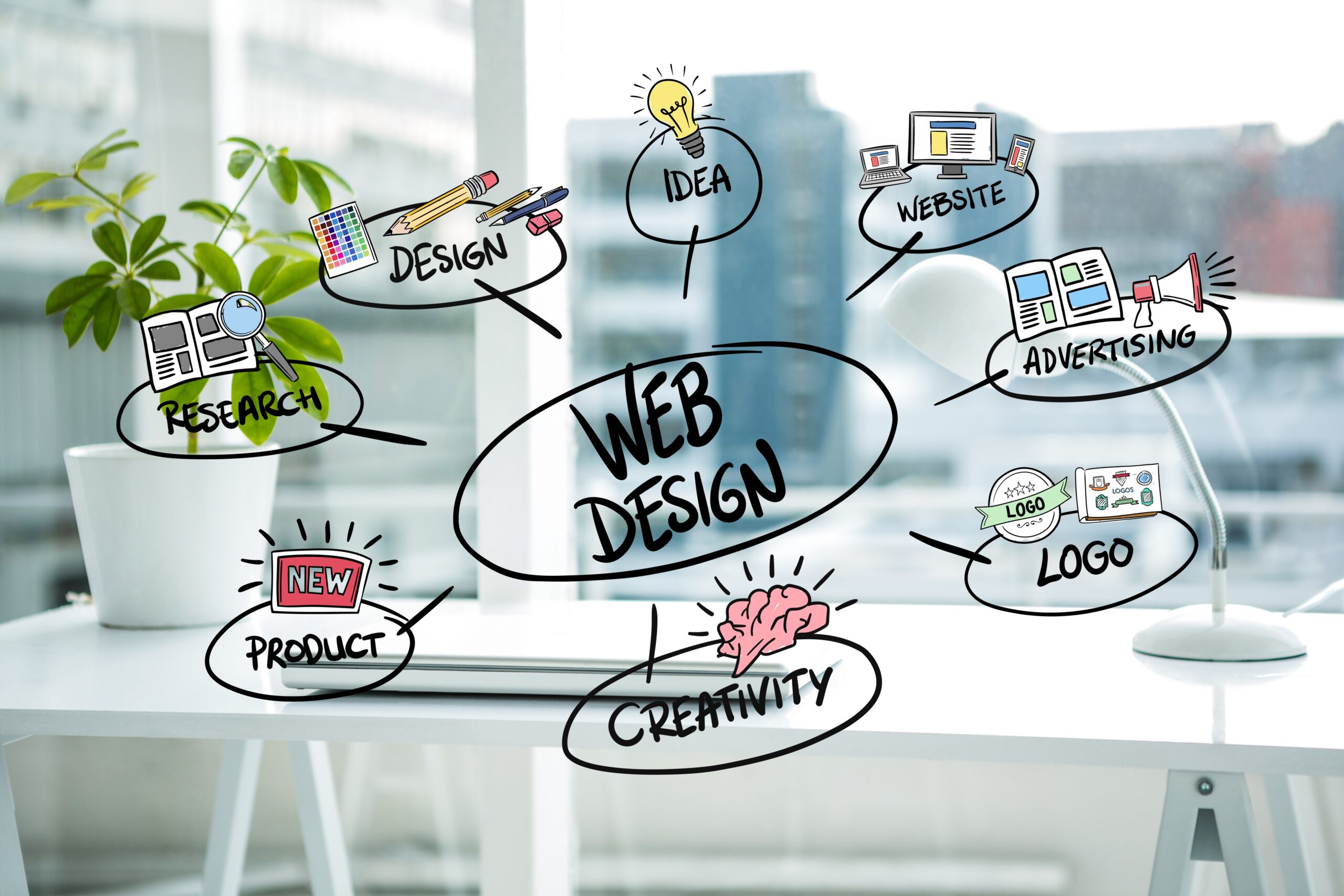Phone: +923086449246
E-mail: info@topbizdigital.com
Address: Faisalabad, Pakistan

By 2025, you’ll find that your site will be more than an online brochure. It’s also your most powerful selling device, brand storyteller and lead generation engine. Especially in the B2B (business-to-business) world, where decisions are thoughtful, research-driven, and trust-based, your web design can make or break a deal.
The modern business buyer expects more than just a nice-looking website. They require to experience a swift, simple, reliable, trustworthy, and a conversion-focused experience that addresses their needs and provides real solutions. Brands that can adjust to the most recent B2B trends in web design are those that stand out, gain trust and turn users into loyal customers.
If you’re hoping to be ahead of the curve in 2025, here are modern B2B Web designs that every company must learn and implement in order to thrive in the digitally crowded landscape.
The days of web pages that are sluggish and overly corporate. By 2025, human-centric design is the new standard.
B2B buyers are human, they need experiences that are real, meaningful and easy to use. This means that your website design should concentrate on:
If your site feels like it was made specifically for your visitors, visitors will stay for longer to engage more deeply and convert more quickly.
By 2025, the word “simplicity” will be the new sophistication.
B2B customers don’t want websites stuffed with a wall of text. In their place, simple, minimal designs with modern, bold branding are the best choice.
Think:
A minimal design doesn’t just look elegant–it improves user experience, load speed, and conversion rates.
Static pages are no longer available. Dynamic storytelling is now in.
Modern B2B websites use animations, videos and interactive images to show their brand’s narrative and value offer.
Examples:
Video boosts engagement and trust, two crucial factors in the purchasing journey.
Whatever stunning your website’s design is, if your site isn’t running fast, you’ll lose people who visit your site.
In 2025, Google’s Core Web Vitals remain a significant ranking element.
That means your website needs to:
Keep in mind that the speed of information is more important than confidence in the world of B2B.
Artificial Intelligence is changing web design.
Today’s most popular B2B websites make use of artificial intelligence-driven to adjust in real-time, depending on the user’s behavior such as location, intent, and.
Imagine:
This degree of personalization allows for a personalized experience for every prospective client which increases the likelihood of the conversion.
More than 60 percent of B2B customers use mobile devices in their search phase. By the year 2025 the mobile first design will no longer be an option but essential.
Your website must appear and function perfectly across every size of screen:
A mobile-friendly, responsive design guarantees that you don’t lose any leads because of poor accessibility.
Contemporary B2B website design moves past static content. Brands are adopting the use of interactive components that engage users and keep them interested.
Examples:
These experiences make your site more memorable and conversion-focused–turning curiosity into commitment.
B2B transactions typically involve large budgets as well as long-term commitments. This is why the trust factor is the foundation of any great B2B website.
By 2025, sites will be strategically integrating trust signals
If visitors feel secure and secure, they’re inclined to decide to take action.
The main purpose of any B2B site is to turn visitors into leads that are qualified.
Contemporary B2B web design utilizes layouts that are focused on conversion that help users navigate an experience:
Every page should have strategically placed CTAs for example:
With strong value propositions CTAs can be powerful tools for lead generation.
The year 2025 is when designs and contents will be in sync.
Smart companies integrate blogs, information, resources, as well as information hubs straight into the website design, thereby positioning themselves as the industry’s thought leaders.
Examples include:
A well-designed and designed content hub increases trust, increases SEO and builds leads as they develop over time.
A modern, contemporary website is accessible to all.
In 2025 the design that is inclusive isn’t only ethical but essential.
Your B2B website should adhere to the WCAG 2.2 guidelines to ensure:
Accessibility does not just expand your reach, but also improves SEO and ensures compliance.
Eco-conscious companies are opting for eco-friendly website layout that reflects their ideals.
This includes:
Sustainable websites resonate with consumers of the present who value ecological responsibility.
The most appealing web designs of 2025 don’t just look beautiful, they’re supported by facts.
B2B companies are utilizing tools such as:
Every design element–colors and layouts, CTAs — is based on real-time user feedback and not based on preconceived notions.
The result? A website that functions exactly as it looks.
Your website must work in conjunction with your marketing and sales processes.
The latest B2B web design seamlessly integrates with:
This makes a system in which each lead is tracked, followed, nurtured and then converted. This transforms your website into a complete marketing engine.
B2B buyers need to feel secure when they are on the internet.
In 2025 modern websites will include:
The security of a company builds trust. Trust can be the catalyst for conversions.
In 2025, your B2B website will be more than a mere digital asset. It’s your most effective salesperson. It should draw, educate, and transform customers on a daily basis.
When you embrace these modern B2B design developments you’re not only staying ahead of your competitors, but you’re setting the benchmark for the kind of professional, highly-performing website it should look like.
It’s the AI driven personalization, trust-focused design and interactivity in storytelling that companies that invest in intelligent, strategic, well-planned designs will gain more leads and develop long-lasting relationships.